The string of numbers found on the side of tires may seem confusing, but it’s easy enough to decode once you know what the numbers stand for. (Photo courtesy of Continental Tires.)
The easiest way to replace the tires on your vehicle is to work with a professional retailer who will help you identify the tires that best match the specifications of the car, as well as your wants and needs for ride quality, handling, and the types of roads and conditions in which you normally drive.
This handy sticker can be found on the driver’s door jamb of all U.S.-market cars and trucks sold in the last few decades.
That said, it doesn’t hurt to know a little bit about how tires are identified and measured, so you can feel more comfortable when going about the replacement process.
Here, we break down the lengthy alphanumeric sequence typically seen on the sidewall of a tire. It may look like computer code, but it’s actually a fairly simple collection of separate metrics, each of which has a different impact on how a given tire performs.
All of the information discussed below can be found on an information sticker typically located in your car’s driver’s-door jamb. Should you ever need to know the specifications of the tires your car was originally sold with, you can get them there.
The Three Biggest Tire-Shopping Mistakes
Section Width
The section width is a measurement of the tire in millimeters across the tread. Common tire widths generally range from 185 to 235. Wider tires can be found on high-performance cars such as the 2018 Chevrolet Corvette, which has rear tires with a 335 section width (about 13 inches). Wider tires usually offer greater dry-surface grip.
Aspect Ratio
The aspect ratio represents the sidewall height of a given tire as a percentage of the section width. Thus, the tire above would have a sidewall height of about 113 millimeters. Aspect ratios typically run between 35 and 70, with 55 to 65 being fairly common. Tires with lower aspect ratios are typically found on sporty vehicles, as they tend to provide sharper steering response and reduced cornering lean. Because of the added cushioning their taller sidewalls provide, tires with higher aspect ratios tend to absorb bumps and other road imperfections better than low-aspect-ratio tires.
Tires with lower aspect ratios are typically found on sporty vehicles, as they tend to provide sharper steering response and reduced cornering lean. Because of the added cushioning their taller sidewalls provide, tires with higher aspect ratios tend to absorb bumps and other road imperfections better than low-aspect-ratio tires.
Construction
The R on the tire above stands for Radial construction. Almost all on-road, conventional-use vehicles are shod with radial tires these days. Other construction codes include B and D. The B code stands for Belted Bias construction, a tire type often found on forklifts and other commercial equipment. Diagonal Bias tires are branded with the D code, and are often found on farm equipment and other off-road-use vehicles.
Starting, Stopping, and Squealing: Testing Tires the Fun Way
Diameter
The tire’s diameter is measured in inches, and represents the inner circumference (where the wheel is mounted). The tire-diameter measurement is always the same as the wheel size, so the above 17-inch tire would fit a 17-inch wheel. Most new vehicles generally come with tires in the 15-to-18-inch range; sporty cars and luxury vehicles (especially crossovers and SUVs) are often equipped with larger tires–typically between 19 to 22 inches. Aftermarket custom wheels and tires can be larger still.
The tire-diameter measurement is always the same as the wheel size, so the above 17-inch tire would fit a 17-inch wheel. Most new vehicles generally come with tires in the 15-to-18-inch range; sporty cars and luxury vehicles (especially crossovers and SUVs) are often equipped with larger tires–typically between 19 to 22 inches. Aftermarket custom wheels and tires can be larger still.
Load Index
The load index is a measure of a given tire’s load-carrying capability. Most brand-name tires have load capacities that comfortably exceed the requirements of the car they are mounted on. Tire load-index ratings on modern passenger vehicles typically range from 75 (853 pounds) to 105 (2039 pounds).
Speed Rating
The speed rating represents the highest speed at which a vehicle equipped with a given tire should be driven. The H speed rating on the tire shown above means the tire is safe for speeds up to 130 mph. It is worth noting that, even if you never intend to drive 130 mph, you should not replace your H-rated tires with tires that have a lower rating. Tires with a given speed rating have specific ride, handling, and heat-dissipation properties as required by a vehicle’s manufacturer, and should not be replaced with lesser equipment. Note also that the Z on the chart to the right is not an actual speed rating, but represents the category of tires rated to exceed 149 mph. When the Z rating was first introduced, it was intended to be the highest rating that would ever be necessary, but as subsequent super cars reached ever-higher levels of performance, the W and Y ratings were added.
Tires with a given speed rating have specific ride, handling, and heat-dissipation properties as required by a vehicle’s manufacturer, and should not be replaced with lesser equipment. Note also that the Z on the chart to the right is not an actual speed rating, but represents the category of tires rated to exceed 149 mph. When the Z rating was first introduced, it was intended to be the highest rating that would ever be necessary, but as subsequent super cars reached ever-higher levels of performance, the W and Y ratings were added.
Extra Credit: Consumer Guide Goes to Teen Defensive-Driving School
Follow Tom on Twitter
Written by: Tom Appel on April 13, 2018.on September 13, 2018.
Installing the right tires on your vehicle is essential to the overall performance and safety of your vehicle. Your tire choice should reflect the conditions in which you drive and your preferences for vehicle response and handling. To make the most informed decision, though, you must understand how to read tire size when it's time to buy tires.
Thankfully, determining the correct tire size for your vehicle is relatively simple. All the information you need is immediately available either in your owner's manual or somewhere on the vehicle itself. Already know how to read tire size numbers? Skip the explanation and find the right Bridgestone tire for your vehicle online or by visiting a Bridgestone tire dealer near you.
While actual, physical measurements like width and diameter are factors in finding the right tire size, there are additional details to consider. Knowing how to read car tire sizes also means understanding terms like load index and speed rating that affect your vehicle's overall capabilities.
No matter what vehicle you drive, finding the manufacturer-recommended tire size should be easy. The best place to start looking is the owner's manual.
Don't worry if you can't locate the manual; you may also find a tire fit guide in these locations:
You can also find tire size data on the sidewall of your current tires (assuming they're the proper size). However, no matter where you find your tire size, you will have to decipher a sequence of numbers and letters. Don't worry if it looks confusing at first — every letter and number has a straightforward meaning. Let's break down how to read car tire size.
However, no matter where you find your tire size, you will have to decipher a sequence of numbers and letters. Don't worry if it looks confusing at first — every letter and number has a straightforward meaning. Let's break down how to read car tire size.
Let's take a look at what each number or letter stands for, one by one, in the order they appear in your tire size data. We'll be using this tire size as an example: P225/70R16 91S.
For most vehicles, you'll see the letter "P" before the number sequence begins: P225/70R16 91S. The "P" is short for "P-metric," which is a designation by the Tire and Rim Association for a "passenger car" tire type. A "P" signifies the tire was designed to primarily be used on passenger vehicles, which can include cars, minivans, SUV's and other light-duty pickup trucks.
If you see "LT" instead of "P," it's because you need "light truck" tires – "LT" is short for "LT-metric," which is a designation by the Tire and Rim Association for a "light truck" type tire.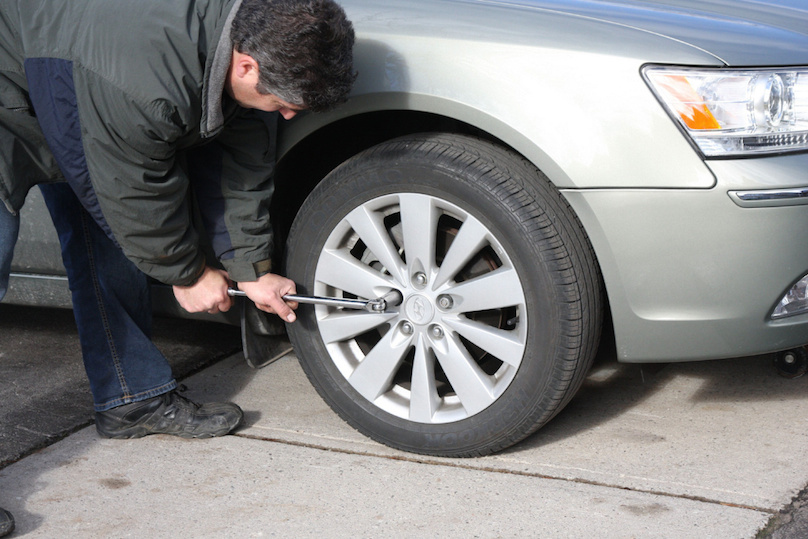 Light truck tires are designed to be used on vehicles capable of carrying heavy cargo or pulling trailers.
Light truck tires are designed to be used on vehicles capable of carrying heavy cargo or pulling trailers.
Similarly, "T" stands for "temporary" and is for your spare tire. If you see "ST," that means "special trailer." A special trailer tire is never installed on the drive or steer wheels. It's only intended for use on trailer axles.
The first number to appear in your tire size information is the width, in millimeters, of the correct tires for your vehicle: P225/70R16 91S.
Tire width always refers to the measurement from one sidewall to another. Thus, a tire with the measurement "P225" is for a passenger vehicle and has a nominal width of 225 millimeters.
After the slash mark, the next number you see is for the tire's aspect ratio, which essentially tells you how tall your tire's profile is: P225/70R16 91S. Aspect ratios are delivered in percentages. Tire makers calculate the aspect ratio by dividing a tire's sidewall height by its width.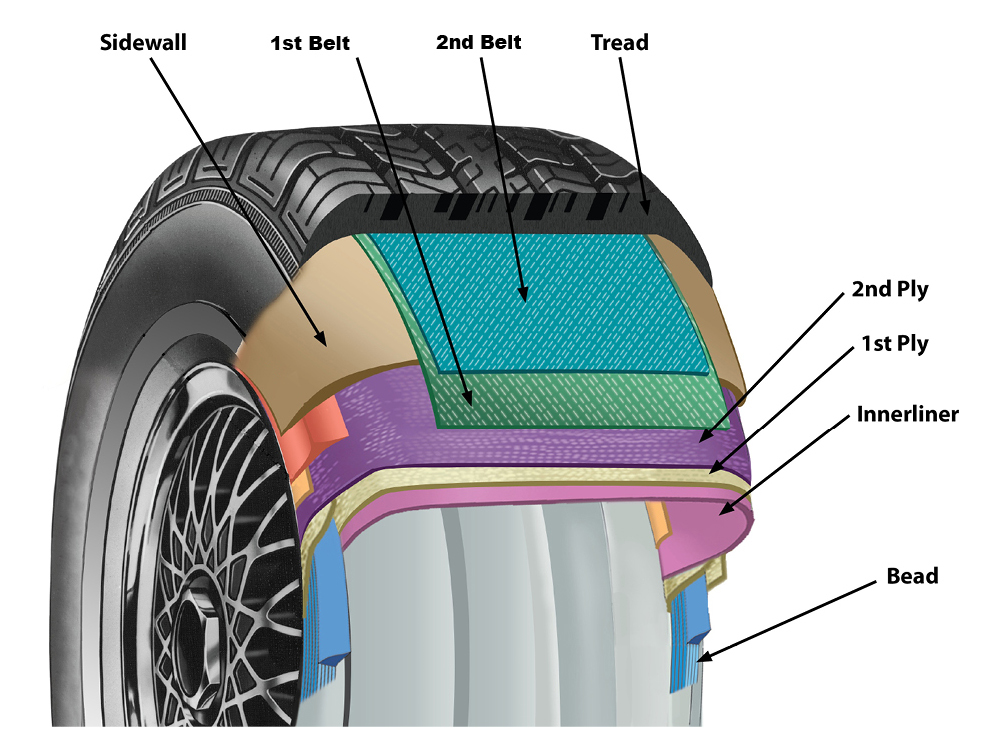 If a tire has an aspect ratio of 70, it means the tire's height is 70% of its width.
If a tire has an aspect ratio of 70, it means the tire's height is 70% of its width.
Lower aspect ratio tires, such as a 60 series, generally offer vehicle handling performance advantages over higher aspect ratio tires, such as a 75 series.
After the aspect ratio comes a letter to indicate the tire's construction: P225/70R16 91S. "R" refers to the internal structure of your tire and gives you a general idea of its stability.
There are two types of construction that you may see on the sidewall of a tire
"Bias-ply" tires were used on automobiles and light trucks until the '70s," reports the classic car site, Hemmings. But radial tires represent the vast majority of tires on the road in the United States today. In fact, you will almost always see the letter "R" on tires as radial tires have been the industry standard for over 40 years. Radial construction means the tire's internal ply cords are oriented in a radial direction (at 90 degrees to the centerline of the tread).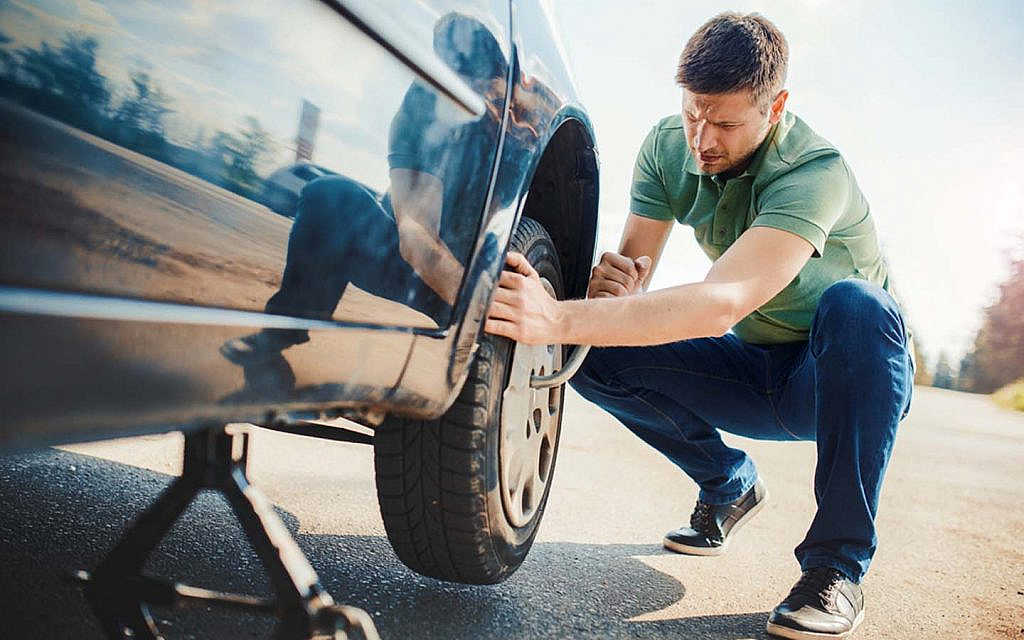
The next number is the wheel’s diameter. For example, a tire with the P225/70R16 91S would fit a rim with a 16-inch diameter.
Take note: if you decide to change your rims' size, you will also need to get new tires that are compatible with the change in size. Tires designed to fit a 16-inch wheel diameter will not stretch to fit on new 18-inch rims.
View Other Common Diameter Sizes:
14-Inch Diameter Tires
15-Inch Diameter Tires
17-Inch Diameter Tires
18-Inch Diameter Tires
19-Inch Diameter Tires
20-Inch Diameter Tires
21-Inch Diameter Tires
22-Inch Diameter Tires
The next figure needed to read tire size numbers is your tire's load index. The load index tells us how much weight, in pounds, the tire can support when fully inflated: P225/70R16 91S.
It is called the load "index" because the figure doesn't tell us the precise number of pounds the tire can support, at least not by itself. Instead, the number corresponds to a specific load capacity listed in an index. Beginning with one and ending with 150, numbers in the load index represent carrying capacities of 99 to 7385 lbs.
Instead, the number corresponds to a specific load capacity listed in an index. Beginning with one and ending with 150, numbers in the load index represent carrying capacities of 99 to 7385 lbs.
Additionally, you may not find this number present on all tires. This is because the load index is not required by law to be printed on tires. If there is no load index measurement on your tires, check the owner's manual or contact your local Bridgestone tire dealer for more information.
The final figure in a tire size sequence is the speed rating indicated by a letter: P225/70R16 91S. Just as your load index number corresponds to a particular load, your speed rating letter corresponds to a specific speed capability based on a standardized laboratory test.
For example, a tire with a speed rating "S" is rated for up to 112 mph, while a tire rated "R" is up to 106 mph. Remember that this isn't a recommended cruising speed, but rather the maximum speed that tire type can withstand.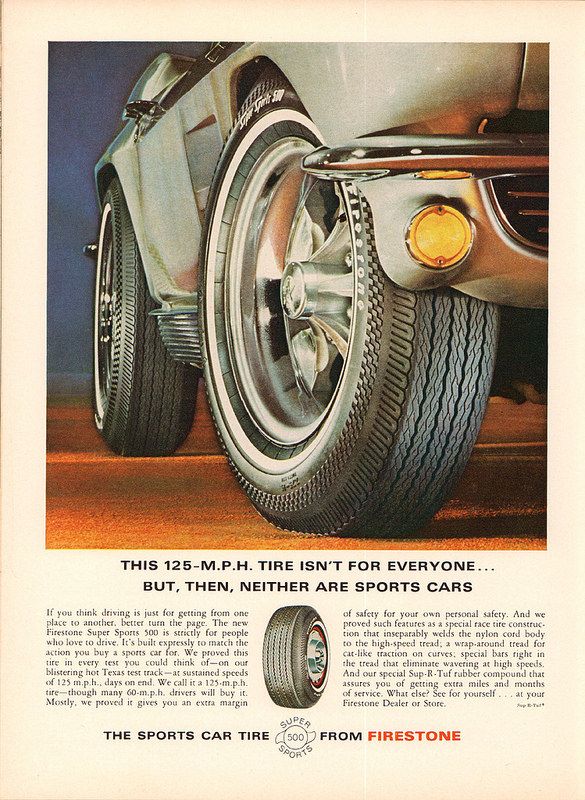 Of course, you should always follow legal speed limits on roadways.
Of course, you should always follow legal speed limits on roadways.
Here are the most common letters for speed ratings and their corresponding maximum speeds:
Tires with higher speed ratings tend to offer increased handling performance. Replacement tires must have the same or higher speed rating to maintain vehicle speed capability. If a vehicle has tires with different speed ratings, the speed rating of the "slowest" tire dictates the vehicle's top speed.
Like the load index, the speed rating is not required by law to be listed on all tires. If your tires do not have the speed rating listed, your owner's manual will have the relevant information for your model's stock tire type.
You may find "M+S" or "M/S" after the main tire size sequence on some tires. This indicates that the tire has some capacity to handle snow and mud conditions. This indication is common on most radial or "R" type tires.
This indicates that the tire has some capacity to handle snow and mud conditions. This indication is common on most radial or "R" type tires.
You may notice another set of letters and numbers on your tire's sidewall beginning with "DOT." This is not an indication of tire size, but rather that the tire complies with Federal Motor Vehicle Safety Standards. The "DOT" stands for Department of Transportation and is followed by the tire identification number.
The first two letters or numbers after DOT refer to the manufacturing plant where the tire was produced and the last four numbers indicate the week and year the tire was made. The numbers 4318, for instance, indicate that the tire was manufactured during the 43rd week of 2018.
While it's certainly possible to upgrade your tires' size, it's usually best to stick to your manufacturer-recommended tire size for optimal performance. Increasing the size of your tires may give your car more ground clearance, but it may also affect handling, drivetrain performance and fuel economy. Keep in mind the changes to key figures mentioned above, such as load index and speed rating, and how they may affect your vehicle's capabilities if you decide to increase tire size.
Keep in mind the changes to key figures mentioned above, such as load index and speed rating, and how they may affect your vehicle's capabilities if you decide to increase tire size.
Once you know how to read the numbers on tires, you can explore tires by size and narrow down your tire options quickly. Compare tire sizes online or visit a Bridgestone tire dealer near you for help.
A car tire, with external simplicity, is a high-tech product. We have already talked about what it represents for chemists and how tire material production technologies have developed. This time, together with Toyo Tires, we will understand physics and how important such seemingly trifles as a tread pattern are.
Any wheel, be it the wheel of a suitcase or the wheel of a platform for taking a space rocket to the launch site, has several requirements. It, firstly, must withstand the load, and in different directions. Secondly, it must have a sufficient contact area with the support. Finally, it should not lose grip on the surface and, with all the above requirements, should have a size that is reasonable for its function.
Secondly, it must have a sufficient contact area with the support. Finally, it should not lose grip on the surface and, with all the above requirements, should have a size that is reasonable for its function.
The list of requirements for car tires is even longer. The tire must also lose as little energy as possible due to rolling friction and maintain traction not only when maneuvering, but also when driving on snow, ice and puddles. Proper tire design saves a few percent fuel due to less rolling friction.
There is one more thing. The level of noise generated by cars is regulated in most countries, and noise from tires is separately limited. At high speeds, it is the tires that produce the main noise of the car, and not the engine - and the noise of the same car at the same speed in different “shoes” can differ by a dozen decibels.
GOST R 41.51-2004, which has been in force since 2005 in Russia, indicates that a passenger car should not create noise louder than 74 decibels. And a separate standard, GOST R 52800-2007, prescribes a method for measuring just “tire” noise when driving with the engine off.
And a separate standard, GOST R 52800-2007, prescribes a method for measuring just “tire” noise when driving with the engine off.
72 decibels maximum for European tires. Such noise corresponds to a loud conversation between two interlocutors, although before the tires were even more noisy: in the 90s, values \u200b\u200bof 75 to 80 decibels came across, that is, at the level of a scream or a vacuum cleaner turned on at full power.
Today, a typical quiet tire generates about 70 decibels of noise. At the same time, the difference between 72 and 70 decibels is actually not three percent, but 1.26 times, if we count in terms of sound pressure: the decibel scale is not linear, but logarithmic and is designed so that a difference of 20 decibels expresses a tenfold difference in sound pressure. pressure.
So there is the same difference between a normal silent bus and a loudness limit bus that separates just talking loudly from screaming.
To reduce the noise of the highway outside the window, you can either limit the flow of cars, or simply “change their shoes”: putting 70 decibel tires on all vehicles will achieve the same effect as reducing the flow by a quarter.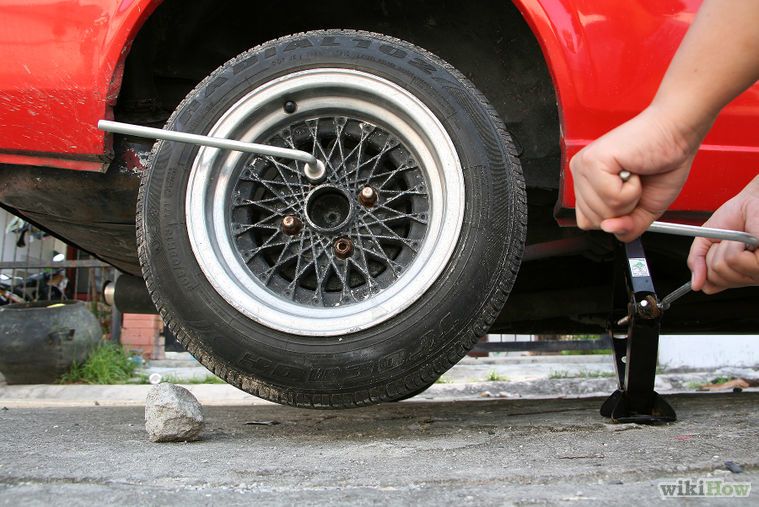 And without compromising the car's handling, fuel economy, speed, or even the extra cost, quiet tires often cost the same.
And without compromising the car's handling, fuel economy, speed, or even the extra cost, quiet tires often cost the same.
Studies conducted at the beginning of the 21st century showed that the noise level can be reduced without losing all other qualities, without forcing car owners to pay especially extra for quiet tires.
To understand what makes a quiet tire quiet, you first need to understand where the noise comes from.
The surface of the wheel of a conventional car (not a racing car or a swamp vehicle) has a characteristic pattern of thin grooves in the rubber layer: these grooves are needed to drain water from under the wheels of a car driving on wet roads.
The grooves prevent the formation of a continuous film of water under the wheel and thus prevent hydroplaning : the effect in which the wheel loses contact with the road and begins to slip. The grooves make it so that the wheels throw water to the side - so their pattern often resembles a herringbone or a series of slanted strokes.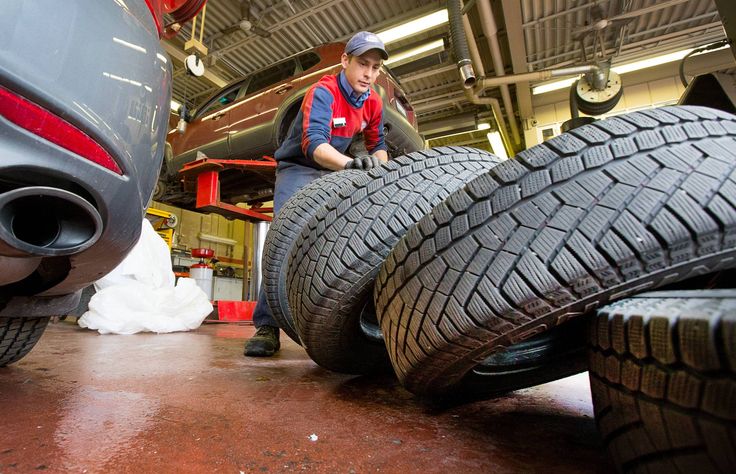
In addition to relatively wide grooves, any modern tire also has sipes - thin slots that are not so effective in removing water, but play an important role in ensuring the mechanical properties of rubber. Properly cut rubber flexes better and grips the surface more effectively than a monolithic tread.
However, when driving on a dry road, the grooves and, to a lesser extent, the sipes push air, not water, out from under the wheel, creating a characteristic noise. With the simplest pattern with an equal distance between the sipes and grooves, an even rumble occurs, the frequency of which is determined by the frequency of the tread pattern and the speed of movement.
Since it is impossible to get rid of grooves and lamellas, designers go for other tricks. For example, all the protrusions and depressions on the tread are placed at different distances from each other and then the monotonous rumble becomes less unpleasant and quieter: the tire creates the same amount of air vibrations, but they sound at different frequencies, and the same energy is smeared across the spectrum.
For example, all the protrusions and depressions on the tread are placed at different distances from each other and then the monotonous rumble becomes less unpleasant and quieter: the tire creates the same amount of air vibrations, but they sound at different frequencies, and the same energy is smeared across the spectrum.
The pattern on the tires is not the only reason for noise, however. The tire itself - and this is a toroidal chamber filled with pressurized air - is an excellent resonator. This also contributes to noise: here, for clarity, we can recall a guitar, where the sound source, the strings, are fixed on a hollow body. And with a tire, everything is even worse than with a guitar, due to the fact that air currents walk inside the rotating chamber, which add volume to our wheel.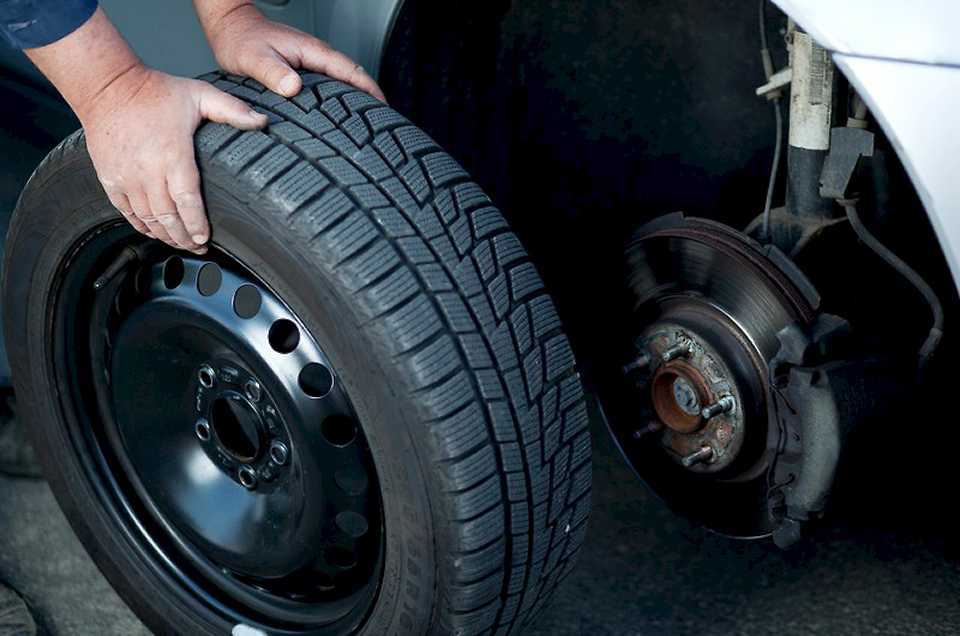
This noise - and now we are talking about technology that is literally at the forefront of tire construction, not yet in mass production - can be suppressed by a special mesh structure inside the chamber. It, firstly, reduces the speed of air flows inside the wheel, and secondly, reduces the quality factor of the resonator. The quality factor in the physics of oscillations is a measure of how slowly the oscillations in the system decay, and the higher the quality factor of the hollow chamber, the less the attenuation of the sound and the more booming it will turn out to be.
The struggle for noise reduction, however, began, by historical standards, recently. Back in 2001, scientists had to analyze in detail the misconceptions about the sources of noise from road transport and prove that it is not so much the engine that makes noise, but the tires: for this, many experiments had to be done with cars that, with the engine turned off, drove past racks with microphones.
But the problem of strength and stability worried designers from the very moment when in 1890's started making tube wheels with rubber tyres.
The grooves and sipes are often referred to as the tread, although the tread is actually the part of the tire that contacts the road and protects the tube from damage. The tires of the Formula 1 cars (as well as the second fastest auto racing series, IndyCar) are devoid of such relief details, they are absolutely smooth, but at the same time they have a very impressive tread - the “formula” rubber is thicker, since the usual road tire on the wheel of the car, whose pilots experience g-forces of up to 5g during braking, would have burst long before the first pit stop.
Grooves prevent hydroplaning, but at the same time reduce the contact patch between the wheel and the road. The coefficient of sliding friction - and the higher it is, the better the grip on the surface - the "slick", that is, a smooth tire, is higher. In racing circuits, where tires don't last more than a couple of hundred miles, grooved tires are ideal (and in the rain, pilots go to the pits for rain rubber with a familiar pattern), but ordinary cars need a compromise between dry grip and rain grip.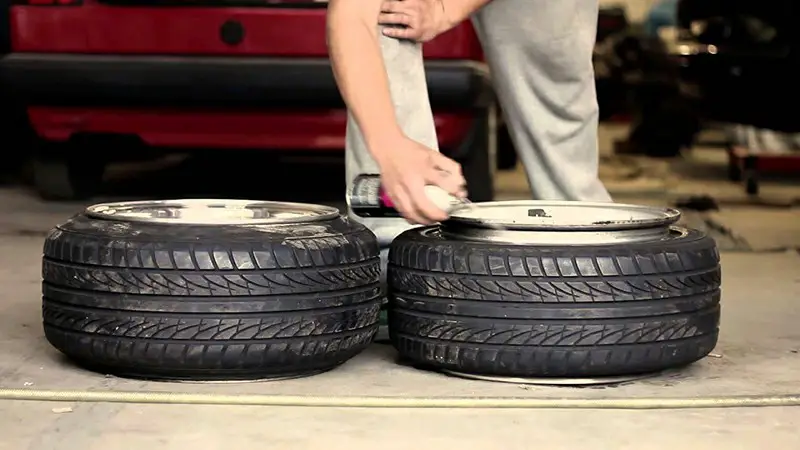
On a wet slick, the coefficient of friction drops almost tenfold, from 0.9 to 0.1 - and therefore, drivers who are not waiting around the corner for a team of mechanics, it is preferable to have tires that are only slightly worse on dry pavement, but many times better in the rain. A typical tire has a friction coefficient of 0.4 on wet surfaces and 0.7 on dry surfaces. However, these figures are quite approximate, because even the asphalt on different roads can differ significantly.
In our latitudes, the matter is not limited to rain alone: roads are often covered with snow and covered with ice. Therefore, in addition to sipes and grooves, a winter tire may have protrusions. This significantly increases its volume, increases fuel consumption and reduces the car's handling on dry roads - but increases it when driving on snow.
The grooves on winter tires are noticeably wider and are designed not so much to remove water from under the tire, but to compact and grip the snow - a ribbed wheel rolling through the snow works like a gear moving along a gear rack.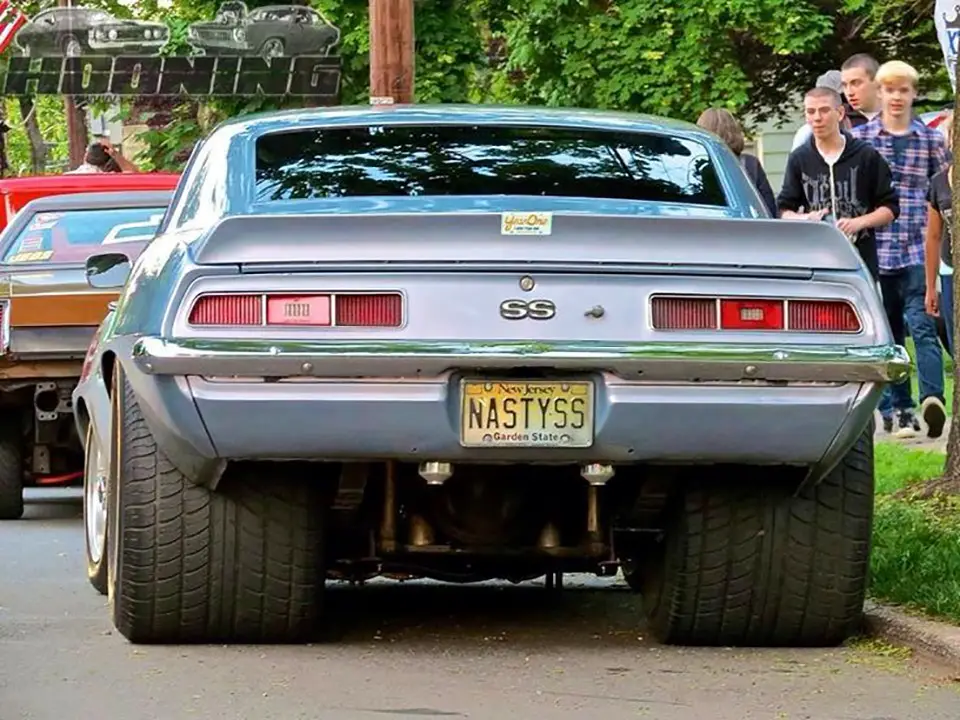
Tractor and all-terrain wheels go even further and, as a rule, refuse grooves in principle: instead of them, a wide tire is surrounded by ribs that can catch even on viscous soil. On the track, equipment shod in such wheels will feel completely uncomfortable, but tractors and mining dump trucks are not familiar with the problem of aquaplaning, excessive noise and losses due to air resistance when driving fast.
Tires with metal studs stand out - they provide the best grip on ice, but are noisier and less fuel efficient. The noise from them is usually several decibels higher than from conventional tires, but at the same time the coefficient of sliding friction on ice grows from 0.15 to 0.2 typical for conventional tires.
However, it is not necessary to talk about exact values - for example, "such a solution reduces the braking distance by 45.5 percent". Different cars have different brakes, differ from each other in mass, and often braking started on a patch of snow can continue on ice, and then move on to slush - what accurate measurements are there.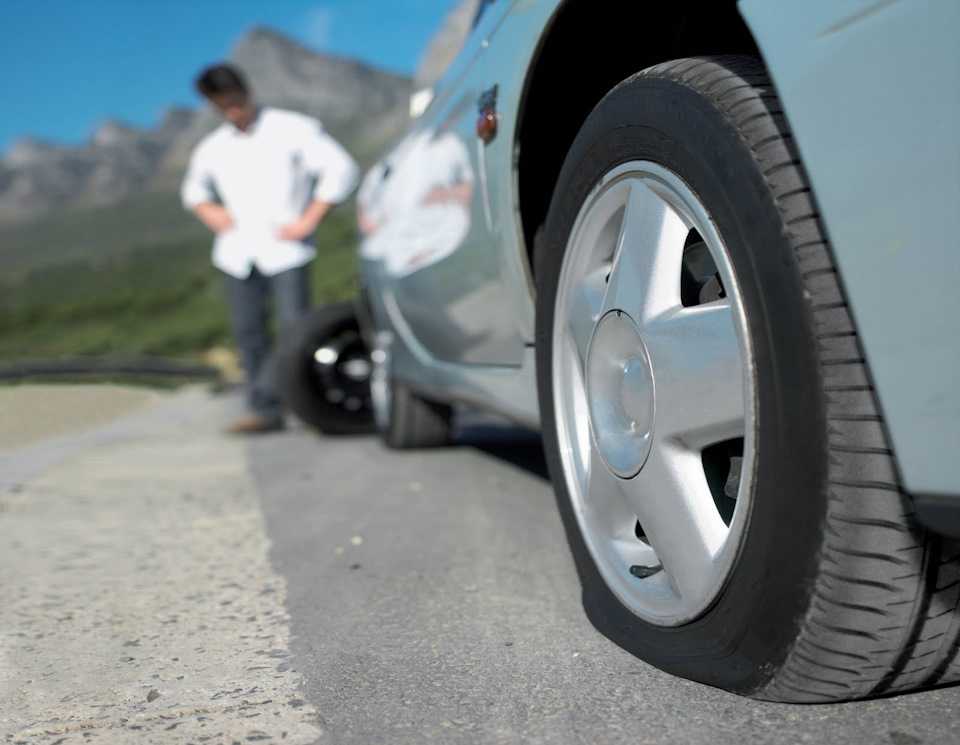 Yes, and drivers are also different - someone went through an extreme driving school in the winter, and someone just passed his driving license yesterday, and he studied on a completely different car.
Yes, and drivers are also different - someone went through an extreme driving school in the winter, and someone just passed his driving license yesterday, and he studied on a completely different car.
The new tires are born from both complex computer simulations (a flexible body with a complex three-dimensional shape is quite difficult to calculate) and tests that take into account not only exact indicators, such as stopping distance, but also the subjective assessments of test drivers. Good braking on snow should not be at the expense of handling on dry pavement, otherwise driving on a real winter road will not be easier, but more difficult.
Rubber, despite all the technological tricks (up to the use of a synchrotron in the design), does not hold the tensile load well. Therefore, a cord is laid inside the rubber tire: a fabric, polymer or even metal base, and the mass of this base often exceeds the mass of the rubber visible from the outside.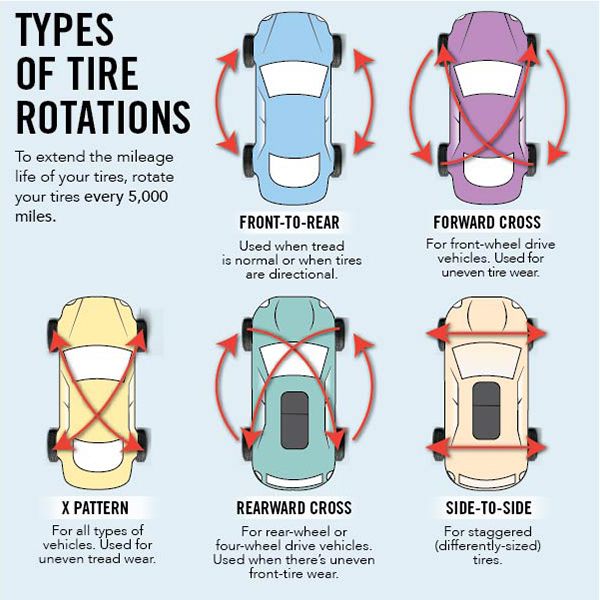
For greater strength, the cord is multi-layered. The orientation of the threads determines the type of tire: radial or diagonal. The diagonal cord wraps at a 45-degree angle and is difficult to get to press the outside of the tire against the hub; radial allows you to make a low-profile tire, but the sidewall is a more vulnerable spot, and the manufacturing process of radial tires is somewhat more complicated.
Low-profile radial tires give a larger footprint and, being stiffer, are more economical and lighter. However, at the same time, increased rigidity not only reduces deformation losses, but also transmits shocks more noticeably when hitting bumps.
In Formula 1, radial tires replaced diagonal tires back in the 70s, and today all passenger modes of transport have followed suit. Bias tires are now used only where greater resistance to side damage (when colliding with a sharp object from the side) is more important than silence, economy and low weight.
A timber truck, for example, is more interested in off-road capability and resistance to sharp wood chips and stumps than in highway efficiency.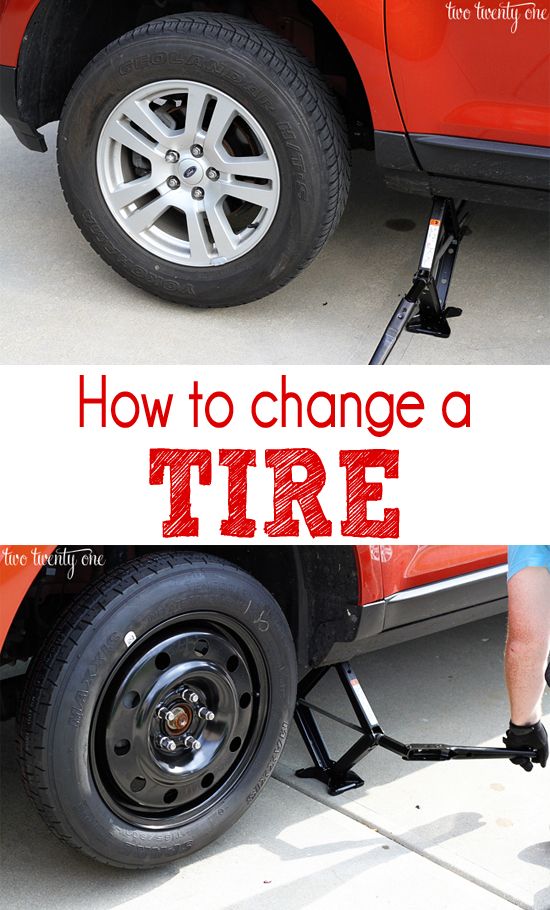 In addition, such a tire is easier to manufacture and then repair.
In addition, such a tire is easier to manufacture and then repair.
Inside a modern radial tire is not just a multilayer cord, but a complex structure: between the main carcass and the tread there is an additional layer of polymer fibers or steel wire. An additional shell is also laid on the side to prevent both the formation of hernias (bulging out of the inner layers) and damage when hitting obstacles.
Strong protection allows the tire to withstand even collision with sharp objects, and the thinner cord on the sides is an advantage not only due to the lightening of the entire wheel. In addition, the stiffness of the tire improves handling in corners, because the wheel must not lose its shape even when a significant lateral load is applied.
The lightening of the wheel given by the transition to a radial design should not be discounted: the energy of the body in mechanics is the sum of the kinetic energy of the center of mass (mV 2 /2), potential energy (increases as you go uphill, mgH) and the rotational energy of all those parts that can rotate.
For a car traveling at a speed of about 72 kilometers per hour, the rotational energy of the tires, excluding the disks, will be approximately 10 percent of the total energy of the entire moving car - which means that 10 percent of the engine's energy during acceleration is spent on spinning the tires. Lightweight discs (that is, not solid ones) are also designed to partly improve dynamics by getting rid of wasted spinning mass.
The thinner walls of a radial tire provide better cooling - and the wheel heats up due to constant deformation, compression of the air inside and just sunlight. Air, on the other hand, is a gas that expands when heated or, if it has nowhere to expand, increases the pressure in the chamber: in a particularly unfortunate set of circumstances, the chamber may explode.
The air itself, compressed under pressure of several atmospheres (up to 9 if it is a freight transport) is a threat, so even a tire that explodes in a parking lot or separately from a car is not just an unexpected pop, but also a risk of serious injury or even death person who happened to be nearby.
When driving on the highway, the consequences of a broken tire are even more obvious - at best, this is an emergency exit to the side of the road and a long repair.
Alexey Timoshenko
Vladimir Gavrilov
Estimated reading time: 4 minutes
14442
Category: Maintenance Auto
The grip properties of the wheels do not depend on the depth of the tread, on its pattern or on the size of the contact patch. This characteristic is determined solely by the properties of rubber, its composition, production method, porosity and elasticity of the surface layer, etc. Meanwhile, the width and tread also contribute to drainage, handling and driving safety. Under certain conditions, a tire of the same size and pattern noticeably outperforms a similar one, but with a different profile and diameter.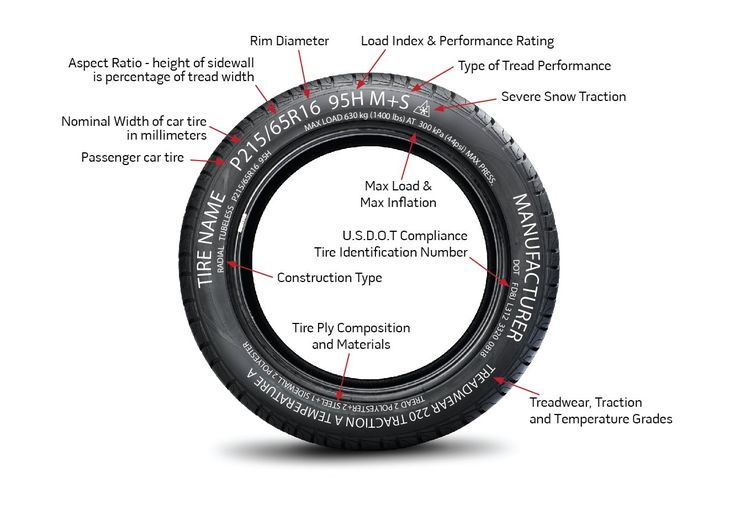
The main difference between wide and narrow tires is their ground pressure. The larger the contact patch, the less the wheel "bites" into the ground. A wide tire rides better on grass, sand, or loose ground. Such wheels bite less into the asphalt, which means they cause less damage to the road surface. Therefore, for SUVs that often travel to nature, it is best to select wide tires.
“Wheel tires look nice and trendy, which is why they are popular,” says Nokian Tires customer service manager. Matti Morri . - For wide tires, as a rule, a higher disc diameter is assigned, but, on the contrary, the profile height is underestimated. This keeps the outer diameter of the wheel assembly within manufacturer-specified limits to fit in the car's arches."
Tire width also affects tire cost and a number of other characteristics such as noise levels, driving comfort and handling. Wide tires perfectly resist dents. Due to the large contact patch, they are less likely to fall into spring holes.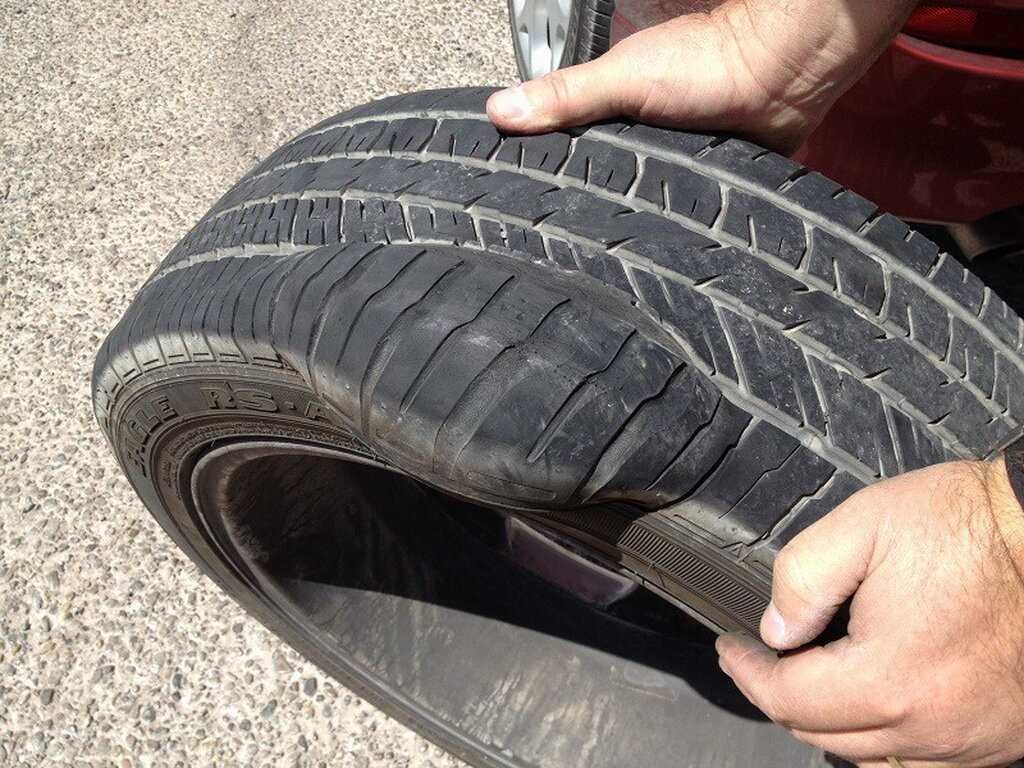 Some part of the wheel will definitely catch on the edge of the bump and prevent the car from getting a strong hit on the edge of the pit.
Some part of the wheel will definitely catch on the edge of the bump and prevent the car from getting a strong hit on the edge of the pit.
However, wide tires also have disadvantages. They are less comfortable due to their sensitivity to the road profile, they often react to ruts and make increased noise. A wide tire is cramped in the wheel arches and creates parasitic sounds that annoy drivers.
Wider wheels tend to increase rolling resistance and therefore increase fuel consumption slightly. They are subject to so-called hydroplaning and are not suitable for driving in the rain on roads with deep puddles. A fast-moving car runs the risk of floating on wide rinks above the surface, like on water skis, which is why the control of the car is completely lost for a couple of seconds.
Therefore very wide tires are not always suitable for all passenger cars.
Narrow tires with a high profile are still the best-selling tires in the world.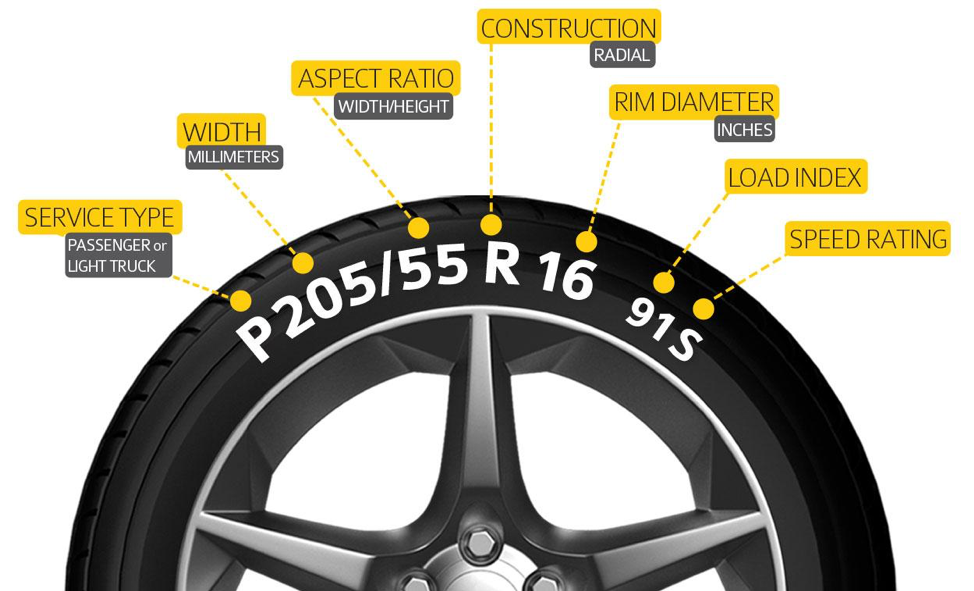 They are cheaper and more comfortable with a measured imposing ride, as they make less noise. Comfortable driving, in particular, depends on the volume of air in the tire. The smaller the disc diameter, the more air is placed inside the cylinder and the more it works out road bumps and pits. Such a wheel withstands direct impacts better, although it also falls into the pits more often than a wide one.
They are cheaper and more comfortable with a measured imposing ride, as they make less noise. Comfortable driving, in particular, depends on the volume of air in the tire. The smaller the disc diameter, the more air is placed inside the cylinder and the more it works out road bumps and pits. Such a wheel withstands direct impacts better, although it also falls into the pits more often than a wide one.
“In extremely low temperatures, on smooth ice and on slush, of course, narrow tires perform better, as they have a higher surface pressure on the road surface,” continues Matti Morri. “Narrow tires bite into the road like skates and provide better handling in icy conditions than wide ones.”
In general, from a safety point of view, both types of tires have their advantages. In winter, you definitely need to put narrow wheels. In summer, they are also acceptable, but for connoisseurs of active drive in the heat, wide tires are more suitable. They are more stable when taxiing and perfectly resist lateral g-forces on dry roads. In the rain, they lose some of their advantages due to the tendency to aquaplaning and require attention from drivers. Manufacturers recommend that simple safety rules be followed to compensate for this shortcoming. It is necessary to slow down in the rain and drive through puddles more than 5 cm deep at speeds not exceeding 85 km/h.
But the braking distance is the same for wide and narrow tires.
tires tips for motorists
Next article